We all know piñatas, these hollow, decorated, figurines filled with toys and sweets often seen at children’s parties, traditionally made with paper mache. Well, meet Los Angeles-based artist Roberto Benavidez, and his amazing piñata creatures – that come with a captivating twist. As Benavidez’s piñata sculptures transcend mere festive decorations – they’ve become intricate reflections of cultural identity and personal narrative. With meticulous craftsmanship and a keen eye for symbolism, Benavidez breathes new life into this age-old Mexican folk craft.
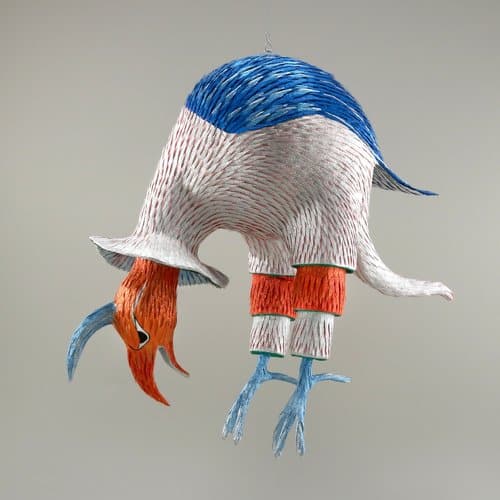 The artist explores identity, cultural phenomenon, social issues, and sin through “Papel Picado”
The artist explores identity, cultural phenomenon, social issues, and sin through “Papel Picado”
Before diving into the world of piñatas, Benavidez honed his skills in metal-casting, crafting abstract figurative sculptures. Despite exhibiting his bronze works in group shows and receiving prestigious art scholarships, he yearned for a more accessible medium. Thus, he transitioned to paper, delving deep into the enchanting realm of piñata art.
Benavidez’s journey with piñatas is a deeply personal one, intertwined with themes of race, sexuality, and religion. His heritage as a mixed-race queer artist, raised in the Catholic traditions of rural Texas, infuses his work with layers of complexity and meaning. As he notes, “My work serves as a bit of a bridge between cultures.”
In Benavidez’s hands, the piñata transcends its humble origins, becoming a powerful tool for self-expression and cultural commentary
One of Benavidez’s most notable series, “Piñatas of Earthly Delights,” draws inspiration from the fantastical creatures depicted in Hieronymus Bosch’s iconic triptych, The Garden of Earthly Delights. Through intricate layers of papier-mâché and delicate paper fringes, Benavidez brings Bosch’s whimsical menagerie to life. Each sculpture is a testament to Benavidez’s meticulous attention to detail and his ability to merge Mexican and European symbolism seamlessly.
Embedded within Benavidez’s piñatas lies a subtle commentary on the concept of sin, a theme deeply ingrained in his Catholic upbringing. Reflecting on his childhood experiences, Benavidez explains, “The concept of sin was ever-present.” Through his art, he navigates the complexities of religious conditioning and personal identity, inviting viewers to ponder the intersection of faith, sexuality, and self-expression.
Beyond his artistic endeavors, Benavidez seeks to uplift the piñata as a respected art form. While he initially experimented with producing traditional piñatas for commercial purposes, he encountered challenges in reconciling the labor-intensive nature of his craft with market expectations. Nevertheless, he remains optimistic about the potential for the piñata to be valued both in the fine art world and in commercial settings, envisioning a future where piñateros can earn a living wage from their creations.
In the vibrant tapestry of Roberto Benavidez’s piñata sculptures, tradition intertwines with innovation and personal narrative merges with cultural symbolism. Through his art, Benavidez invites us to explore the rich complexities of identity and tradition, one paper picado masterpiece at a time.
See below some of our favorite works by the artist, and make sure to follow him on Instagram for more inspiration.
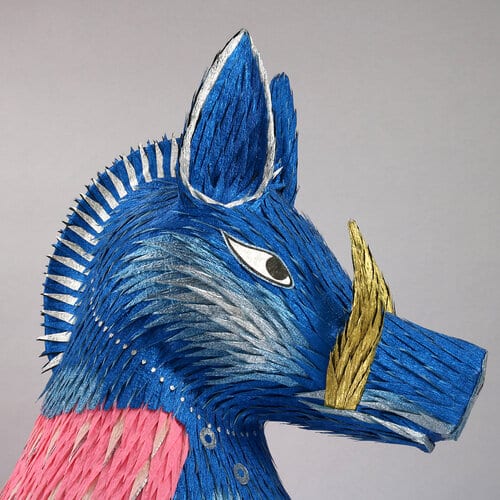
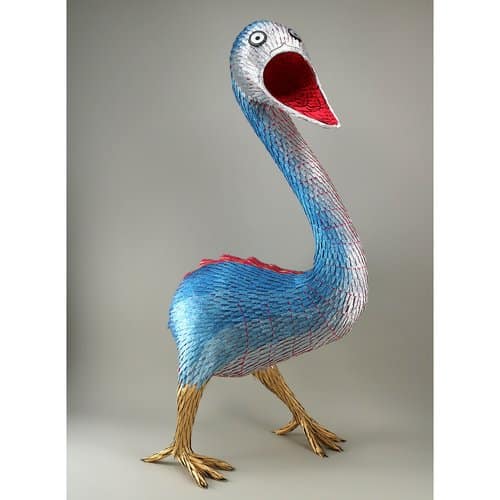
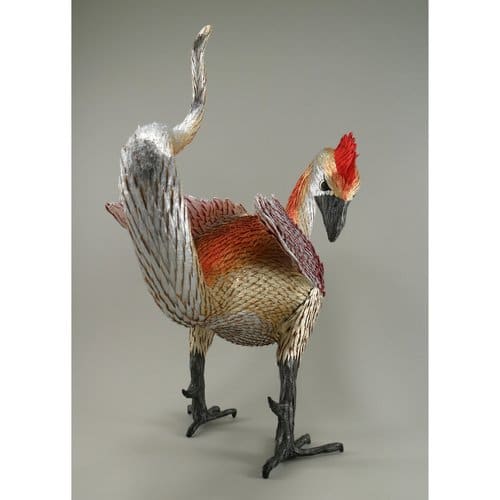

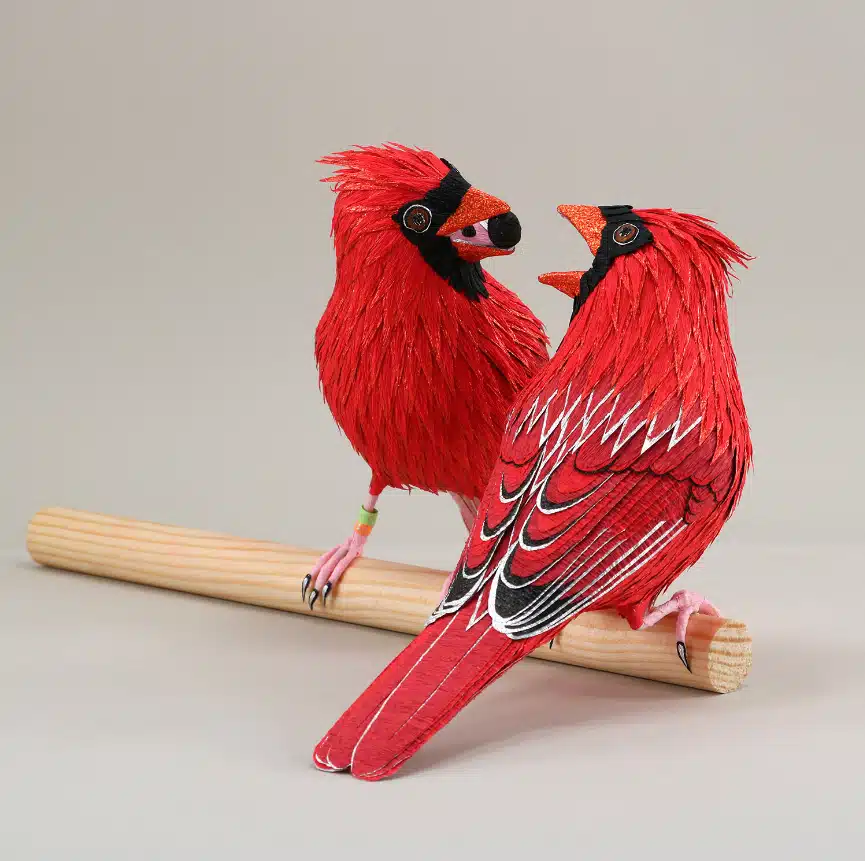
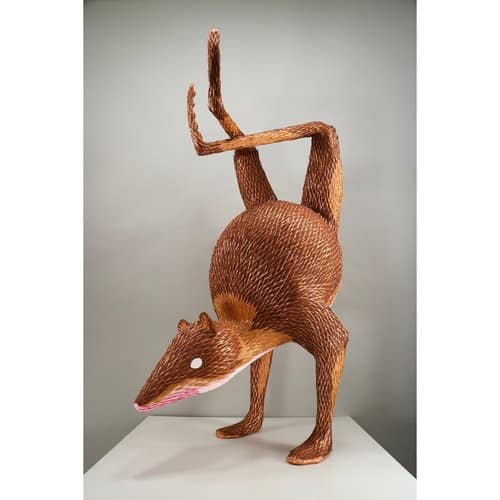
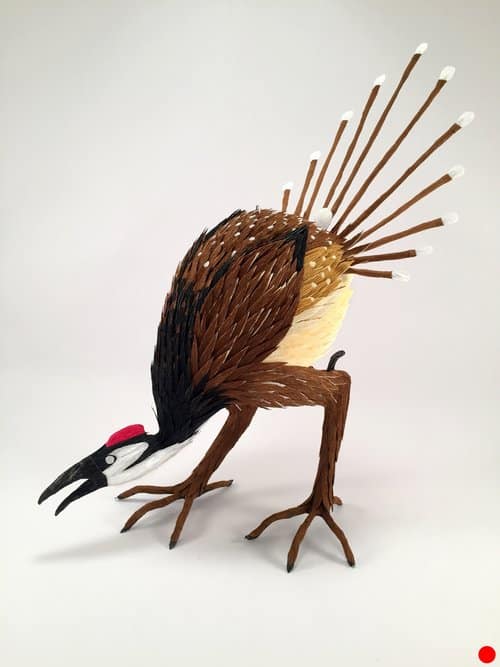
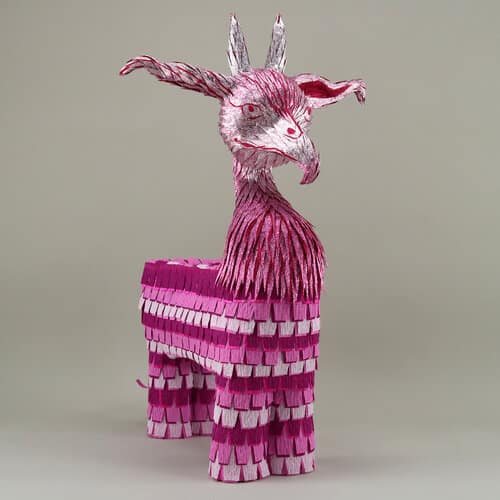

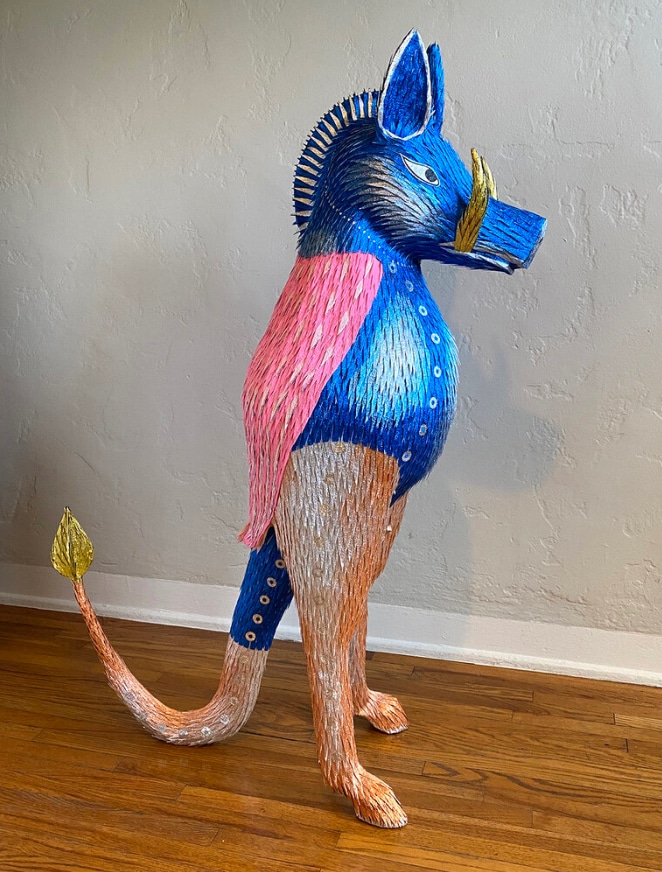
Images © Roberto Benavidez

